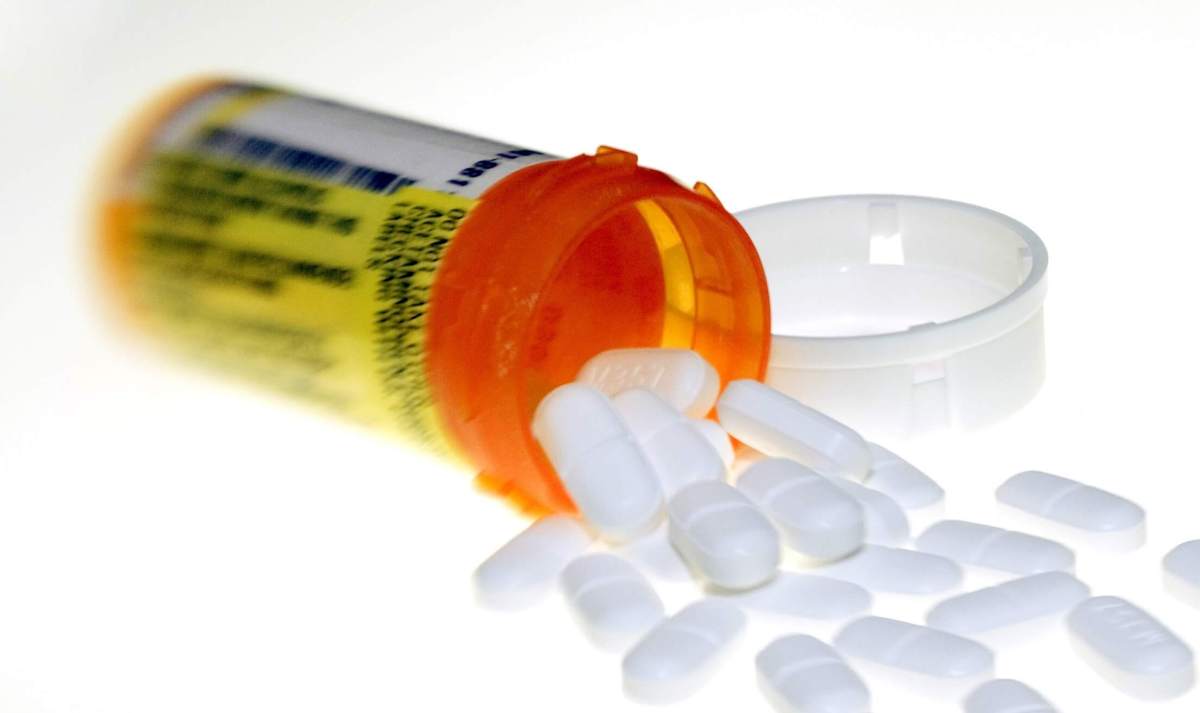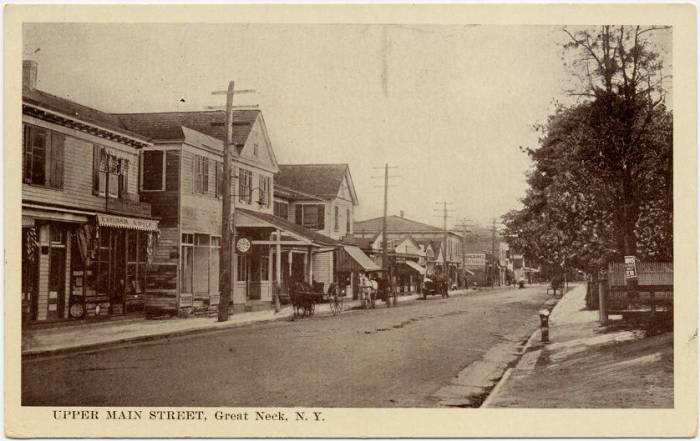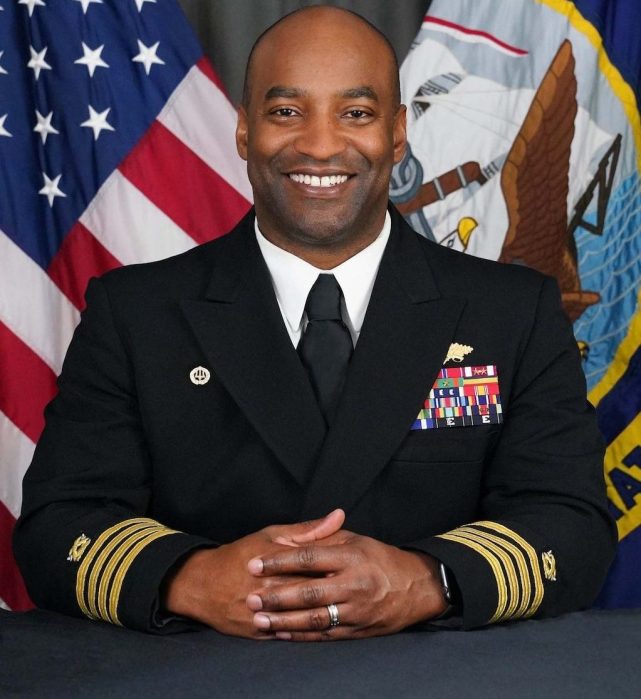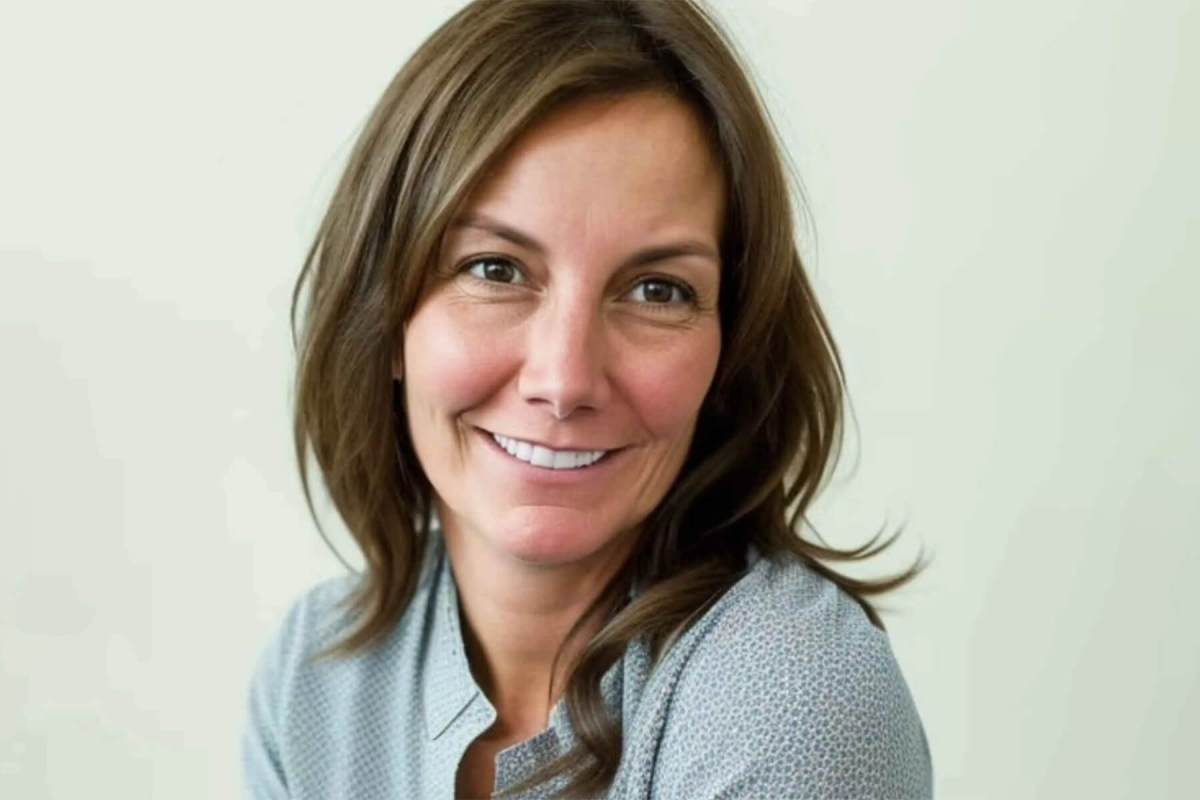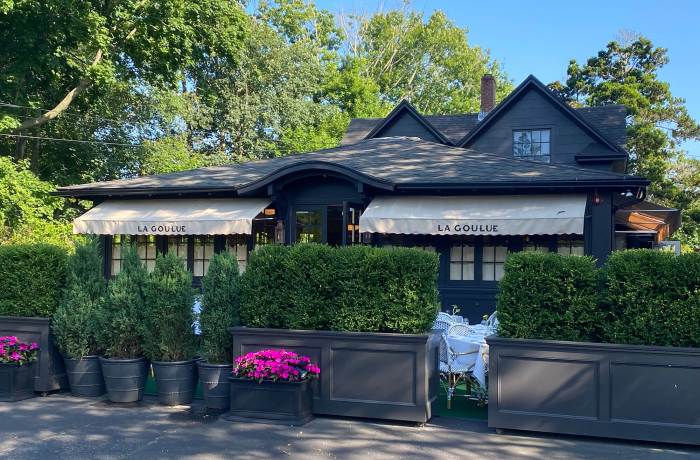
It’s been more than a year since an unemployed Army veteran hooked on prescription painkillers gunned down four people in a Medford pharmacy on Father’s Day 2011, casting a national spotlight on Long Island’s addiction epidemic.
In recent weeks, advocates began their latest push in a series of events to ensure that those lost in that massacre as well as to drug overdoses did not die in vain. As figures show national drug abuse deaths has eclipsed vehicle crash deaths annually, officials reminded the public that the crisis has not abated—instead, despite all the publicity, it continues to spread on LI.
“It is obvious to us now that nothing and nobody was going to stand in they way of the narcotics that David Laffer and his wife needed,” said Laura Bustamante, the daughter of Bryon Shefield, who was among those killed in the drug-store robbery.
Bustamante joined lawmakers, law enforcement, substance abuse specialists and those in recovery earlier this month during a conference on this issue in Melville.
“I never thought prescription drug addiction would involve my family,” she said. “We have all learned that no one is immune to this epidemic, it knows no boundaries it does not discriminate no matter your age, race, color or creed.”
Days earlier, Nassau County Executive Ed Mangano released statistics showing 151 people died last year from prescription drug and heroin overdoses in the county. He said those stats were consistent with figures from the Centers for Disease Control and Prevention that show drug overdoses killed more people annually than vehicle crashes in the US.
Nassau County District Attorney Kathleen Rice said there were 437 opiate-related arrests in 2011 and more than 350 so far this year.
“It is unfortunate that it takes a tragedy to shine a light on a problem that we know has existed for some time, but let’s not squander the opportunity,” Rice said at the Melville conference. “I look forward to being a major partner in trying to address this issue of prescription drug addiction and crime that goes along with it.”
Danielle, a recovering heroin addict who has been clean for 18 months but did not want to give her last name, said a lack of education lead to her bout with prescription drug abuse.
“I began with prescription pain killers,” said Danielle. “I can relate to the feelings of desperation once you’re in the grips of an active addiction.”
She said she had no idea there was even such a thing as withdrawals until she was suffering from them herself.
“I believe that education is the absolute most important thing,” said Danielle. “I had no idea that a painkiller that’s legal and prescribed is the same thing as heroin.”
Jeffrey Reynolds, executive director of the Long Island Council on Alcoholism and Drug Dependence, said in his years of fighting the epidemic, a candlelight vigil and march for overdose victims at St. Patrick’s Church in Huntington days after the conference was a welcome first.
“I’ve been in this a long time and it takes a lot to give me chills,” he said, counting more than 700 people in attendance at the event, organized by The Fallen on Long Island, a Huntington-based anti-drug group.
Reynolds said despite the continuing crisis and new-found political uncertainty in funding his nonprofit, there are some positive developments.
Suffolk County police officers have begun carrying Narcan, an overdose antidote, in patrol cars—a move that was quickly credited with saving the lives of several young OD victims.
In addition, Nassau’s Prescription Drug Abuse Task Force will host an OD prevention workshop 7-9 p.m. Thursday, Nov. 1 at the Morrelly Homeland Security Center in Bethpage, where attendees will learn how to use Narcan. Those interested in attending can RSVP by Oct. 26 by calling 516-571-6105.




